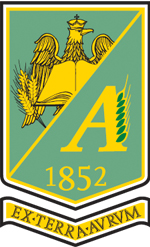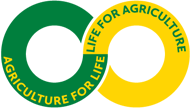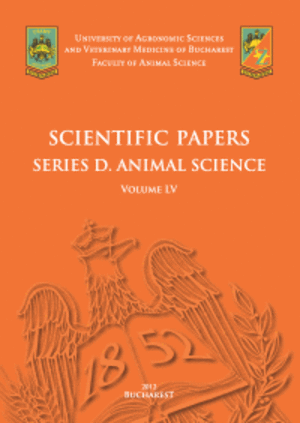Published in Scientific Papers. Series A. Agronomy, Vol. LXVIII, Issue 1
Written by Lucian Constantin HARAGA, Lenuța Iuliana EPURE, Viorel ION
The use of slow-release and controlled-release fertilizers (SRFs and CRFs) is aimed at providing a step towards better N management. Starting from this idea, the aim of the paper is to present the results of the performed research focused on analyzing and comparing the SRFs and CRFs to classical ones, in terms of yield and phenological and phenotypical development of plants in hybrid seed maize production under irrigated conditions, as well as in researching the optimum time of application for each kind of the studied fertilizer. Research has been conducted for 3 years (2020, 2021, and 2022) in irrigated fields located in NE Romania, the experimental factors being the following: Factor A – nitrogen fertilizer product (a1 and a2 = Control 1 and Control 2 – no added nitrogen fertilizer; a3 = ammonium nitrate; a4 = Urea NG; a5 = Multicote (4) 34-0-7); Factor B – fertilizer rate split between seedbed preparation (SbP) and BBCH 16 (b1=100% SbP; b2=50% SbP + 50% BBCH 16; b3=25% SbP + 75% BBCH 16; b4=100% BBCH 16). The obtained results sustain the use of SRFs and CRFs in hybrid seed maize production, which is leading to better yields compared to classical fertilizers, no negative impact on synchronization at pollination time, lower quantities of physical fertilizer product to be used, and reduced number of passes in the field. The best moment of application of nitrogen fertilizers in hybrid seed maize production differs according to fertilizer type: slow-release fertilizers are best applied all at seedbed preparation, controlled-release fertilizers are best applied in 50-50 split between seedbed preparation and BBCH 16 sidedressed, while ammonium nitrate should be applied at BBCH 16 with cultivation.
[Read full article] [Citation]




